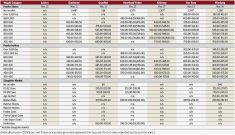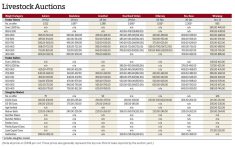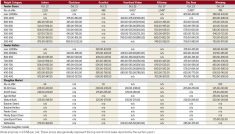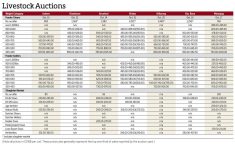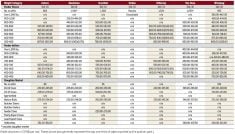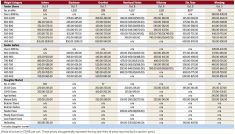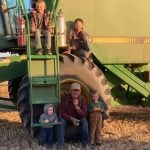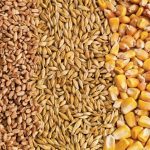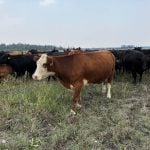The last week of March was a busy one for most auction marts in Manitoba as just over 12,200 animals made their way to the stockyards.
“We’re getting very good volumes at the market,” said Rick Wright of Heartland Order Buying Co. “We’re getting a lot of light cattle weighing under 800 lbs.”
Most of the lighter cattle are expected to go on grass.
There are big hopes for these long-term-investment animals, Wright said.
“The guys are hoping we’ll see what we saw last year, where once we get the third quarter out of the way and we get into the back half of the fourth quarter and we’ll see a little better pricing on the fed cattle,” he said.
Read Also
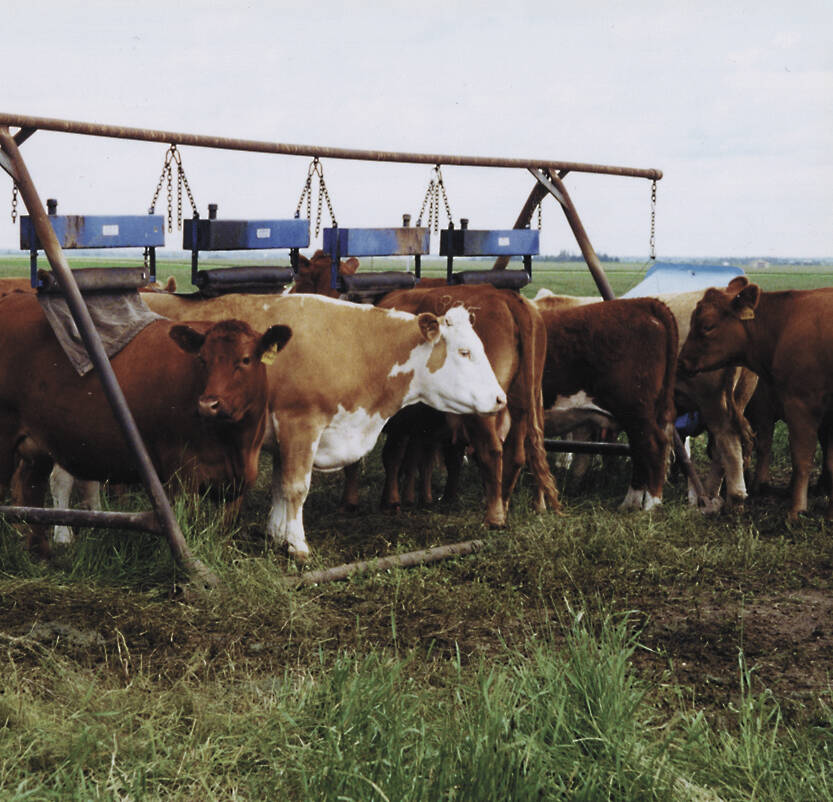
Shifting standards on cattle parasite control
Parasite product resistance has more farmers and veterinarians thinking differently about how to control issues like lice or worms.
The animals that are being bought now almost look oversold, he added.
“There’s no way that you can tie them up on the futures at even a break-even. Certainly the cattle that are being bought now are in a risk position.”
Heifer trade is booming, Wright said, with about 3-1/2 to four heifers sold for every steer, which he described as about seasonal for this time of year.
“The market on the good-quality cattle has increased considerably in the past two weeks.”
A downturn could be coming, he added. “It looks like we’re maybe seeing a peak for where things are going to be and we’re going to see numbers dropping in the next one to two weeks.”
Demand is strongest from Ontario and other eastern buyers right now, followed by Alberta and the local market.
“It’s seasonal (the good demand) but we didn’t expect the way the futures have been and the way the dollar’s behaving, we didn’t expect to see this big an increase in cattle price,” he said.
Sales to the U.S. are still slow and some animals, those over 800 lbs., are slower to move than the rest, Wright said.
As for weather, ranchers in the province’s southwest are going to see wetter conditions than others. “So we’re going to be a little wetter than what we’d like to see off the start.”
Still, Wright said, the pasture situation for most of the province looks OK at this point.
“There’s been lots of hay around, lots of feed around; silage crops were really good last year; everyone has lots of silage left,” he said.
Producers this year may want to check out the Western Cattle Price Insurance Program (WCPIP), he added, “because the coverage has come up in the past week… Premiums are fairly reasonable and we have no idea what’s going to happen to this calf run in the fall.”
WCPIP runs from Feb. 1 to May 31 and is available across the Prairies.




